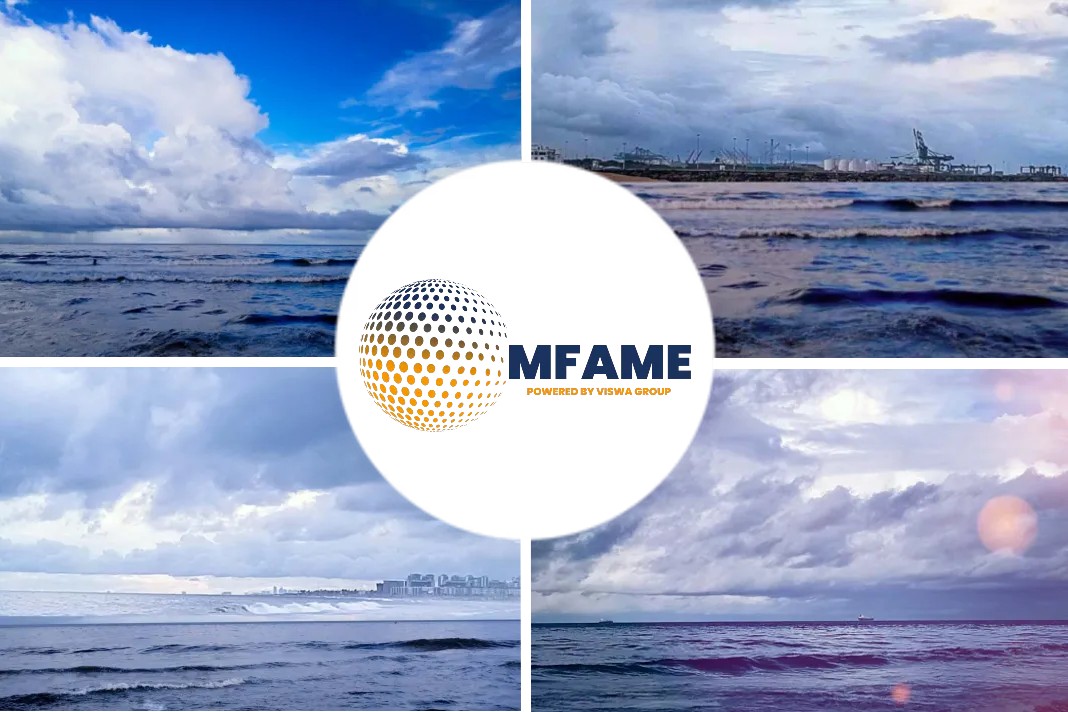
Seafarers are invited to take part in an online questionnaire as part of a comprehensive study to assess the effectiveness of the International Safety Management Code (ISM Code) and how well it is implemented.
Learning from Tragedy
The Code was presented following a few serious episodes where human mistake and the board downfalls were viewed as contributing elements.
One model is the upsetting 1987 of the ship, Envoy of Free Undertaking, right external the port of Zeebruge in Belgium, wherein 193 individuals kicked the bucket.
That year, the IMO Gathering embraced goal A.596(15), which called upon the Oceanic Wellbeing Board to foster rules concerning shipboard and shore-based administration to guarantee the protected activity of ro-ro traveler ships. The ISM Code became compulsory in 1998.
Surveying Seafarers
As well as asking basic questions on age, gender, and length of service of the seaborne workforce, the survey aims to assess seafarers’ level of involvement in onboard safety-related decision-making and determine their views on the effectiveness of the ISM Code.
Those who wish to take part can do so until 30 September. Participation is anonymous, and responses will be treated as confidential.
It should take around 15 minutes to complete. Findings from the Study will be reported to the Maritime Safety Committee when it meets for its 108th session, 15-24 May 2024.
Did you subscribe to our daily newsletter?
It’s Free! Click here to Subscribe
Source: Marine Insight
















